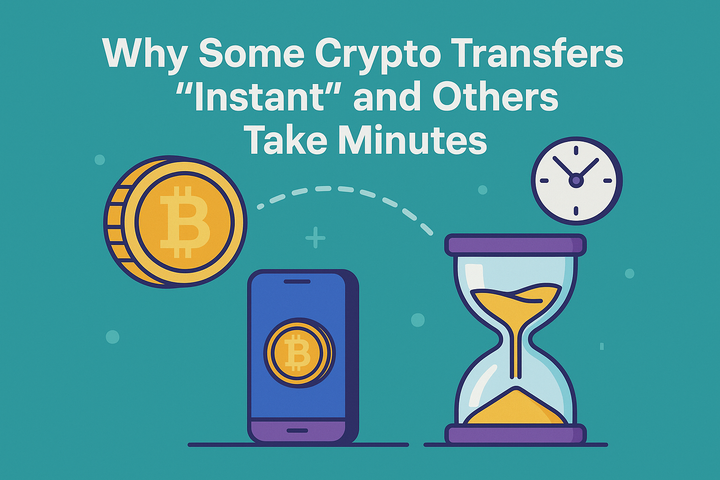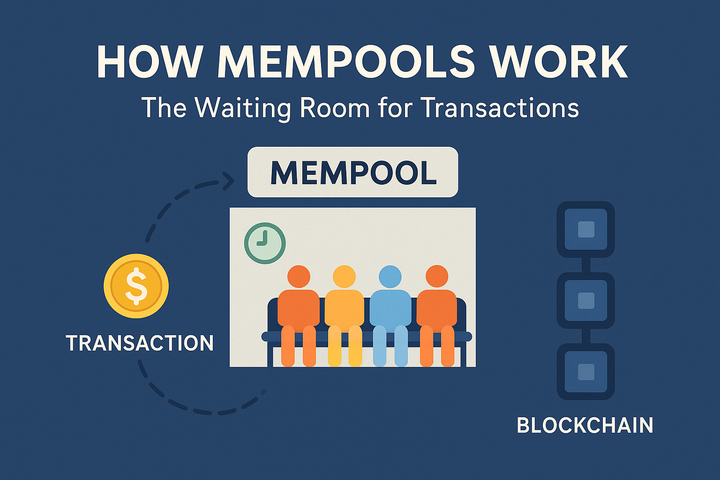Ethereum's Pectra Upgrade: What It Means for Liquidity, Validators, And Why Mitosis Matters More Than Ever

Introduction
Ethereum doesn’t just upgrade, it evolves. Each fork brings new layers of capability and coordination. With the upcoming Pectra upgrade, Ethereum enters a phase where validator flexibility, liquidity responsiveness, and economic design collide.
For anyone managing liquidity across chains, running validators, or even just following TVL flows, Pectra isn’t something to gloss over. And as we’ll see, Mitosis may be one of the best-positioned projects to benefit from and amplify the post-Pectra world.
This article unpacks what Pectra is, what it changes, and how it sets the stage for modular liquidity platforms like Mitosis to step up.
What Is the Ethereum Pectra Upgrade?
EIP Highlights and Validator Changes
Pectra introduces multiple EIPs (Ethereum Improvement Proposals), with the most notable being:
- EIP-7002: This enables validator withdrawal credentials to be replaced with smart contract-controlled logic. This is huge; DAOs, restacking protocols, and more can now coordinate validator behavior without centralized control.
- EIP-6110: Pushes block roots directly to the beacon chain, increasing sync efficiency.
- EIP-7251: Raises the max effective balance for validators from 32 ETH to 2,048 ETH; a major move toward capital consolidation and restaking efficiency.
- EIP-7549: Reduces beacon chain load by optimizing attestations.
Together, these changes:
- Open the door for modular validator design
- Increase economic efficiency
- Improve network performance
But what’s often overlooked is how this affects the flow of liquidity.
Ethereum Restaking Meets Liquidity Rotation
Restaking protocols like EigenLayer are already gaining traction, and Pectra’s validator updates only supercharge that trend. Now that smart contracts can manage validators, capital will chase restaking yield fast.
This creates a new behavior pattern: Cross-chain capital rotation.
Liquidity Rotation Will Accelerate — Are Bridges Ready?
LPs Will Need Faster, Smarter Tools
With ETH stakers rotating between LSTs (Liquid Staking Tokens), restaking protocols, and yield-maximizing strategies across L2s, LPs can no longer afford slow, risky bridging.
That’s where Mitosis enters the chat.
Mitosis: Modular Interoperability That Matches Pectra’s Energy
Mitosis isn’t just a bridge, it’s a full-stack interoperability layer.
Built with modularity at its core, Mitosis:
- Enables native asset transfers (no wrapped tokens)
- Uses ZK and optimistic assumptions depending on the chain
- Allows permissionless liquidity provisioning, so anyone can be an LP
- Is already live across Ethereum, Arbitrum, Optimism, Base, and Polygon zkEVM
This isn’t a generalized roll-up bridge. It’s a liquidity foundation that aligns with Ethereum’s modular vision post-Pectra.
Why This Matters Post-Pectra
- Validators will rebalance capital faster
- LPs will shift funds to restaking opportunities
- Arbitrage strategies will get more complex
And all of this requires interoperability that’s fast, native, and rewarding. Mitosis provides exactly that — and adds real yield to the mix.
A Real Example: Bridging Yield and Validator Rewards
Let’s say Alice has ETH staked via Lido but wants to exit and restake via EigenLayer on Base fast. She needs to:
- Unstake her ETH
- Swap or bridge to Base
- Restake into EigenLayer
With traditional bridges, that’s a multi-step, gas-intensive process. With Mitosis:
- She bridges USDC/ETH natively to Base
- Her transfer earns her yield as an LP supports the route
- She restakes — without idle capital sitting for hours
That’s capital efficiency in motion.
Final Thoughts: Pectra Upgrades Ethereum. Mitosis Upgrades Liquidity.
The Ethereum Pectra upgrade is more than a technical milestone. It’s a signal that the network is ready to support advanced validator logic, smart restaking layers, and agile capital movement.
But without the right infrastructure, that liquidity will bottleneck.
Mitosis solves that problem.
- Modular by design
- Built for native asset bridging
- Permissionless and secure
- Yield-generating for LPs
In a world where validators will behave more like DeFi participants (chasing returns, rebalancing across L2s, and reacting to market structure), Mitosis enables the movement that will define the next cycle.
If you’re building, analyzing, or investing across Ethereum and beyond, start paying attention to both Pectra and Mitosis.
Because the flow? It’s already moving.
Internal Links
Explore more on Mitosis:



Comments ()